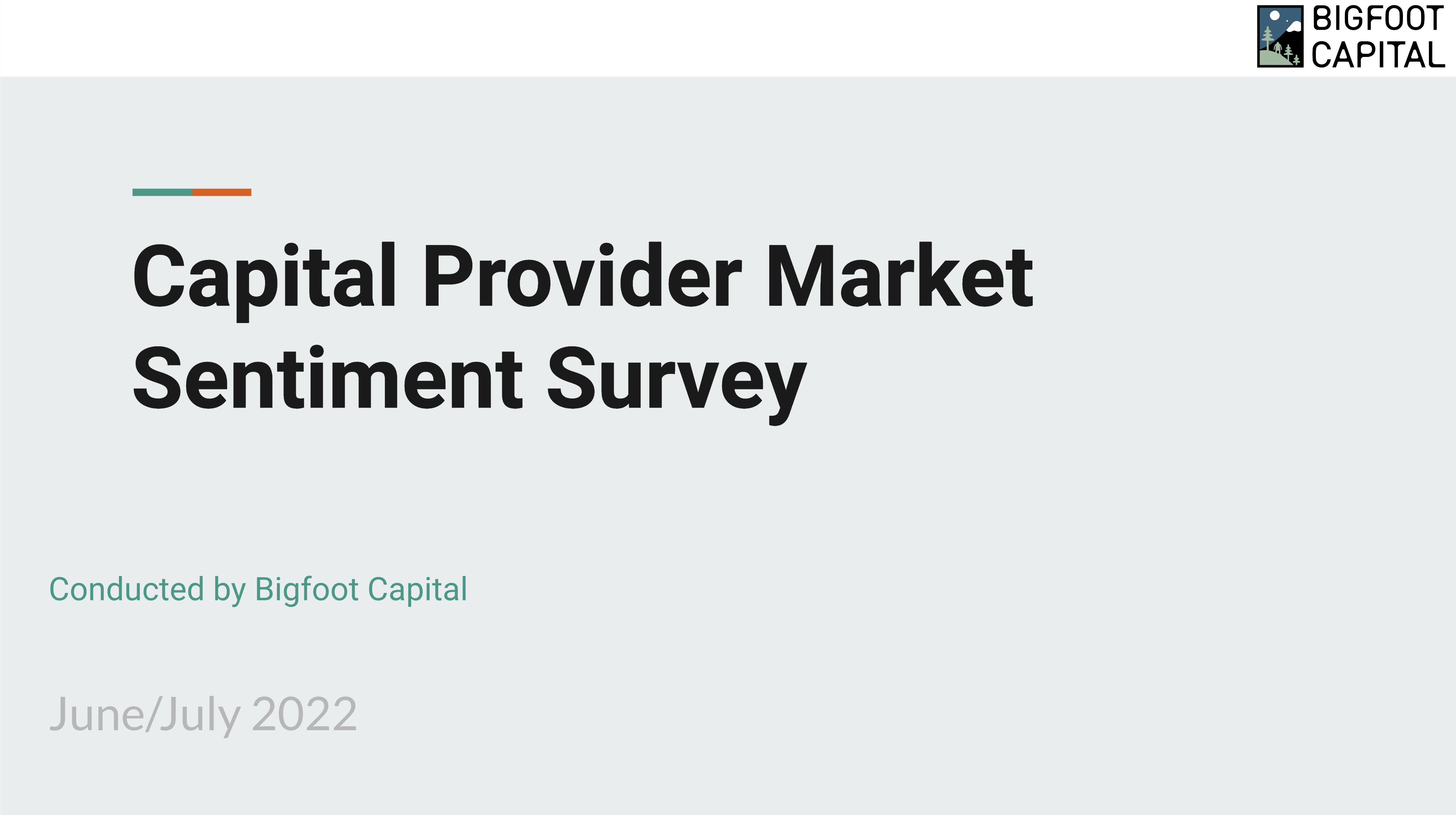
Note: Churn impacts every SaaS company and is the single biggest destroyer of the greatest lever of the business model: compounding growth. In this guest post, Clint Jackson, VP of Finance at BombBomb, walks us through the mistakes he’s made in measuring churn, what he’s learned and what he’s changed to get a handle on their true churn metrics.By Clint Jackson, VP of Finance at BombBombAll of our SaaS calculations are built around the idea of month-to-month payments and contracts. When you’re collecting subscriptions up front on an annual contract some of these calculations get distorted. Here are 3 Ways SaaS Companies Misunderstand Their Churn Numbers I wish I would have known, because they are mistakes I’ve made:
High Growth + Annual Collections = Artificially Low Churn
When you primarily collect payment on your subscriptions up front on an annual basis, your churn is delayed a year, until the subscription becomes available for renewal.MRR (or revenue) Churn = current period churned MRR / beginning of period MRR.At this time your denominator of beginning of period MRR is much higher (that is, when you’re growing) than it was twelve months ago, causing you to calculate too low of a churn rate. This may feel great, but is ultimately misleading and not doing you any favors in managing the business.To illustrate the point, see our example below of a company with a 75% annual MRR growth rate collecting 100% of subscriptions up front on annual contracts. The company is consistently churning 30% of subscriptions up for renewal.You can see your system would calculate this as an annual churn of 22.8%, when in reality the churn is 30%, that’s a ~25% underestimation of your true churn rate, which, when compounded in your projections, can paint a picture far from reality.I simplified this issue into a formula which can hopefully help you to estimate what your real churn is.Cash Churn = MRR Churn * (1 + YOY Annual Growth rate) ^ (6/12)Also, you can see it applied to the same figures below to convert back to cash churn. Cash churn is the term I use to define the churn affecting cash revenue (e.g. $100 was up for renewal and $70 renewed, so our cash churn is 30%).Of course, there are other variables which would cause this formula to be less accurate — % collected annually, seasonality, etc. – but it’s certainly useful for estimates.
Accelerating Growth = Artificially Improving Churn
Same concept as above, if you’re growing faster and faster your churn will show improvement when it’s really not improving. The example below shows a company going from 26% YoY growth to 75% YoY growth, all annual contracts and all while maintaining a consistent real annual churn of 30%. You can see the churn rate is inversely related to the growth rate.Inversely if your YoY growth is slowing you can expect to see a worsening trend on the churn.
Seasonality Distorts Your Churn Numbers
If you’re collecting annual contracts you likely don’t have a perfectly linear line for your renewals, due to seasonality, promotions, product releases, etc.If you were to graph your subscriptions up for renewal by month it will probably look something like this:If you apply a consistent 30% annual churn to those subscriptions you can see how a system would calculate churn month by month. Essentially, the periods with a higher amount of subscription renewals would result in a higher calculated churn rate and vise versa.Clint Jackson is the VP of Finance at BombBomb, a marketing platform where users can make, send, and track the results of traditional emails.








